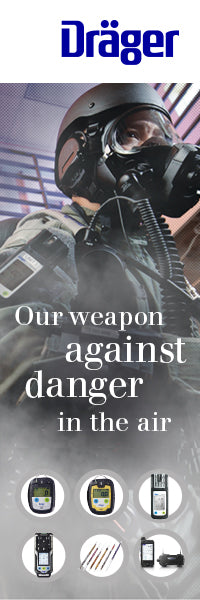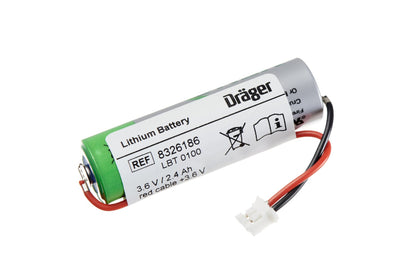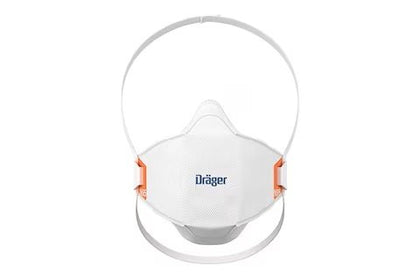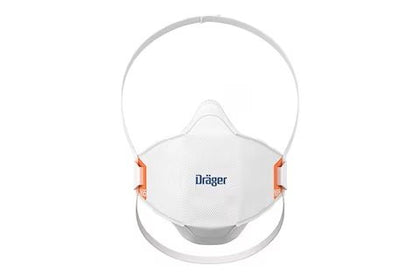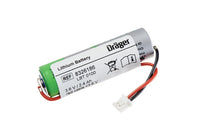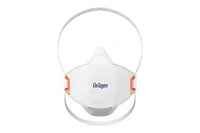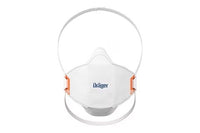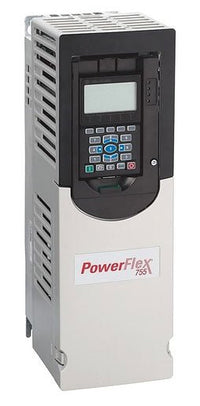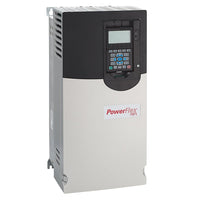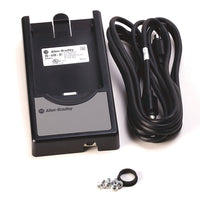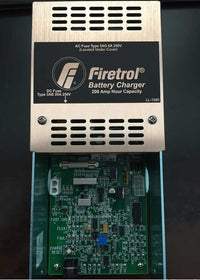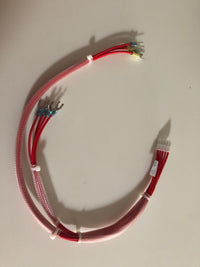Dräger Tube Nickel Tetracarbonyl 0.1/a - PN: CH19501

Dräger Tube Nickel Tetracarbonyl 0.1/a (9)
PN: CH19501
Application Range
Standard Measuring Range: 0.1 to 1 ppm Discoloration compared to color standard.
Number of Strokes n: 20
Time for Measurement: approx. 5 min
Standard Deviation: ± 50 %
Color Change: yellow ä pink
Ambient Operating Conditions
Temperature: 0 to 30 °C
Absolute Humidity: < 30 mg H2O / L
Reaction Principle
a) Ni(CO)4 + I2 ä NiI2 + 4 CO
b) NiI2 + Dimethylglyoxime ä pink colored complex
Cross Sensitivity
Iron pentacarbonyl is also indicated by a brownish discoloration, however, with less sensitivity. Measurement of nickel tetra carbonyl is not possible in the presence of hydrogen sulfide of sulfur dioxide, since the reading is suppressed. Such a disturbance can be recognised by decoloration of the indicating layer even before the reagent ampoule is opened.
Additional Information
After performing the required 20 pump strokes the reagent ampoule must be broken and the liquid carefully drawn onto the indicating layer using the pump
Dräger Tube Nickel Tetracarbonyl 0.1/a (9)
PN: CH19501
Application Range
Standard Measuring Range: 0.1 to 1 ppm Discoloration compared to color standard.
Number of Strokes n: 20
Time for Measurement: approx. 5 min
Standard Deviation: ± 50 %
Color Change: yellow ä pink
Ambient Operating Conditions
Temperature: 0 to 30 °C
Absolute Humidity: < 30 mg H2O / L
Reaction Principle
a) Ni(CO)4 + I2 ä NiI2 + 4 CO
b) NiI2 + Dimethylglyoxime ä pink colored complex
Cross Sensitivity
Iron pentacarbonyl is also indicated by a brownish discoloration, however, with less sensitivity. Measurement of nickel tetra carbonyl is not possible in the presence of hydrogen sulfide of sulfur dioxide, since the reading is suppressed. Such a disturbance can be recognised by decoloration of the indicating layer even before the reagent ampoule is opened.
Additional Information
After performing the required 20 pump strokes the reagent ampoule must be broken and the liquid carefully drawn onto the indicating layer using the pump

